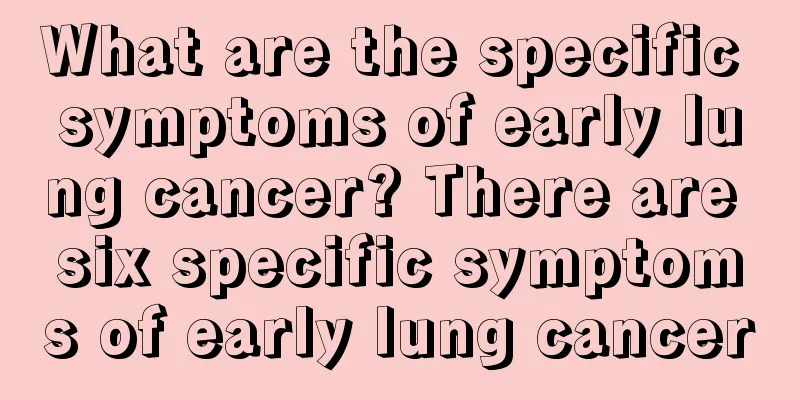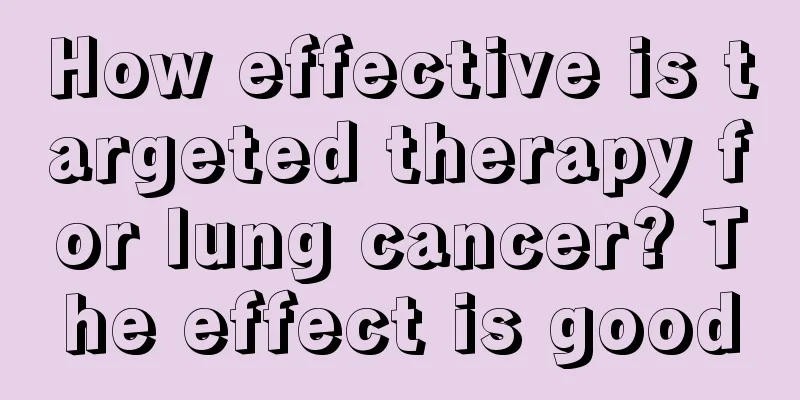Is a heart rate of around 90 normal?

|
Many elderly people are very worried about heart problems. After all, this organ is very important to the human body. Whenever their heart rate reaches 90, they will be very worried. In fact, this is a relatively normal phenomenon. This heart rate is within the normal range. Only when it exceeds 100, you need to pay attention. This may be a symptom caused by arrhythmia. Heart rate refers to the number of heartbeats per minute in a normal person's quiet state, also called resting heart rate. It is generally 60 to 100 beats per minute, and may vary from person to person due to age, gender or other physiological factors. Generally speaking, the younger the age, the faster the heart rate. The elderly have a slower heart rate than the young, and women have a faster heart rate than men of the same age. These are all normal physiological phenomena. When at rest, the normal heart rate for adults is 60 to 100 beats per minute, and the ideal heart rate should be 55 to 70 beats per minute (the heart rate of athletes is slower than that of ordinary adults, generally around 50 beats per minute). 1. Tachycardia When an adult's heart rate exceeds 100 beats/minute (generally not more than 160 beats/minute) at rest, it is called sinus tachycardia, which is common in people who are excited, agitated, smoke, drink alcohol, drink strong tea or coffee, or in pathological conditions such as infection, fever, shock, anemia, hypoxia, hyperthyroidism, heart failure, or after the use of drugs such as atropine, epinephrine, ephedrine, etc. 2. Bradycardia When an adult's heart rate is lower than 60 beats/minute (generally above 45 beats/minute) at rest, it is called sinus bradycardia, which can be seen in healthy people and athletes who engage in heavy physical labor for a long time; or in hypothyroidism, increased intracranial pressure, obstructive jaundice, and overdose of digitalis, quinidine or propranolol. If the heart rate is lower than 40 beats/minute, sick sinus syndrome, atrioventricular block, etc. should be considered. If the pulse is unequal and irregular and the pulse rate is less than the heart rate, atrial fibrillation should be considered. 3. Correctly view sinus bradycardia Many people experience sinus bradycardia with irregular heartbeats, which is normal for most people and there is no need to worry too much. Sinus bradycardia refers to a person with a heart rate of less than 60 beats per minute. Whether this symptom will occur depends on the frequency of the bradycardia and the cause of the bradycardia. When in a resting state, an adult's heart rate will generally not show obvious symptoms if it is between 50 and 60 beats per minute. Especially some well-trained athletes and people who engage in physical labor for a long time will not show obvious symptoms even if their heart rate is around 40 beats/minute in a quiet state. However, if the average person's heart rate is between 40 and 50 beats per minute, they will experience symptoms such as chest tightness, fatigue, and dizziness. If the heart rate drops to 35 to 40 beats per minute, hemodynamic changes will occur, affecting the blood supply to the heart and brain, resulting in chest tightness, dizziness, syncope, and even sudden death. If you do not feel any discomfort, you do not need to pay attention to the "sinus bradycardia with irregularity" mentioned in the electrocardiogram. However, if you experience symptoms such as chest tightness, fatigue, dizziness, etc., you should go to the hospital immediately for further examination, such as dynamic electrocardiogram, cardiac color ultrasound, etc., to understand the cause of bradycardia. If the heartbeat is too slow, a pacemaker can be installed to relieve the symptoms and improve the prognosis. What does junctional rhythm mean? Many people may not be so clear about junctional rhythm. In fact, this situation is an abnormal manifestation. You need to go to the hospital for detailed examination to clarify the cause of your illness. In this way, you can get the best treatment according to the cause of the illness. Otherwise, you will only suffer from tachycardia all the time, which is very bad for your heart and may cause other heart diseases. During examination, the jugular venous pulsation shows a large a wave and the intensity of the first heart sound varies. Generally, no treatment is required. The principle of treatment is to try to increase the impulse firing frequency of the sinoatrial node and improve atrioventricular conduction. Pacing therapy can be given if necessary. Sinus Tachycardia A regular heartbeat of 100-150 beats per minute is usually associated with physiological changes, such as exercise, fever, stress, hyperthyroidism, etc. A heartbeat of more than 150 beats per minute usually indicates other arrhythmias. Sinus Arrhythmia When measuring the pulse, you will find that the heartbeat is irregular. After doing an electrocardiogram, if it is proved to be only sinus arrhythmia, it means that it is a normal physiological phenomenon and does not require treatment. Sinus arrhythmia is usually associated with changes in intrathoracic pressure caused by the respiratory cycle. The heart changes its beating speed to regulate the filling and output of blood in the heart, which is a normal physiological phenomenon. 7. Paroxysmal Supraventricular Tachycardia (PSVT) An abnormal electric wave occurs somewhere in the atrium. The wave passes through the abnormal nerve conduction pathway in the heart, causing the heart to beat very fast, reaching 150-250 times per minute, but the heartbeat is still regular. When an attack occurs, the patient will feel palpitations. Chest tightness. Or dizziness. If not treated, the attack can last from several minutes to tens of hours. If there is no latent heart disease, the mortality rate is very low. Causes: congenital abnormalities of the cardiac conduction nervous system, heart disease, and stimulation from outside the heart such as hyperthyroidism. 8. Ventricular Tachycardia, Ventricular Flutter: This is an abnormal electrical wave originating from somewhere in the ventricle. It causes an irregular heartbeat through abnormal nerve conduction pathways in the heart. When it occurs, it will seriously affect heart function. The cardiac output will be less than 20% of the normal level. Emergency and immediate treatment are required, otherwise the mortality rate is very high. Patients with this type of arrhythmia usually have underlying heart disease. |
<<: The efficacy and function of buckwheat wine
Recommend
The outer thigh muscles hurt when I walk
Pain in the outer thigh muscles when walking not ...
The difference between chronic obstructive pulmonary disease and bronchogenic carcinoma
Differences between COPD and bronchogenic carcino...
Is thyroid cancer contagious? What are the common symptoms associated with thyroid cancer?
Thyroid cancer is a malignant tumor with no sourc...
How to differentiate primary liver cancer? The diagnosis of primary liver cancer mainly depends on these 6 points
Differential diagnosis of primary liver cancer: P...
Does traction hurt when a fracture is done?
The treatment methods for some fracture sites are...
What fruit can prevent colon cancer
You should try to eat more vegetables, fruits, an...
How long does it take to stop taking medication after osteosarcoma
Osteosarcoma is a malignant tumor disease. If you...
Understanding what is teratoma
Teratoma is a common type of ovarian germ cell tu...
How to kill Babao fish
Baby fish is a type of fish with relatively high ...
What causes the foreign body sensation in the throat?
Under normal circumstances, the throat is numb an...
What diseases are treated by Ningmitai Capsule
Ningmitai Capsules are not widely used in normal ...
Is lung metastasis of papillary thyroid carcinoma serious? What are the dangers of lung metastasis of papillary thyroid carcinoma?
Is thyroid papillary carcinoma metastatic to the ...
A Complete List of Stir-Fried Appetizers
Many friends will experience loss of appetite, an...
Which hospital is good at treating skin cancer
Skin cancer is a malignant tumor that is very har...
How to use an electric oven
Many families like to use electric ovens, especia...









